Toponymy, or the study of place names, reveals much in forgotten secrets. In central Russia, for example, most rivers have Finno-Ugric names — as if the water remembers the people who once dominated this land. At least, that’s how it seems to Dmitry Ermakov, a Moscow-based photographer whose latest project, River Under Earth, captures the lives of Finno-Ugric communities, one of the largest indigenous groups in Russia.
The project binds the mythical and historical elements of Finno-Ugrian life, as well as notes from the biography of the photographer himself, who has Finno-Ugrian roots. For Ermakov, River Under Earth is a metaphor for everything that lies already hidden. “I have always been drawn to the inner beauty of the unseen. I don’t see any point in exploring what’s already on the surface,” he says. “The people I photographed for this project keep their rituals away from the outsiders.” During his expeditions to native Finno-Ugric settlements across Russia, from the Leningrad region and Karelia to Tatarstan and Udmurtiya, he explored the many meanings that rivers held in each community, including the border between life and death. He also delved into the sacred status of woodland and the animism that constitutes the Finno-Ugric matrix of life. “It is more than love,” says Ermakov. “They are at one with nature.”
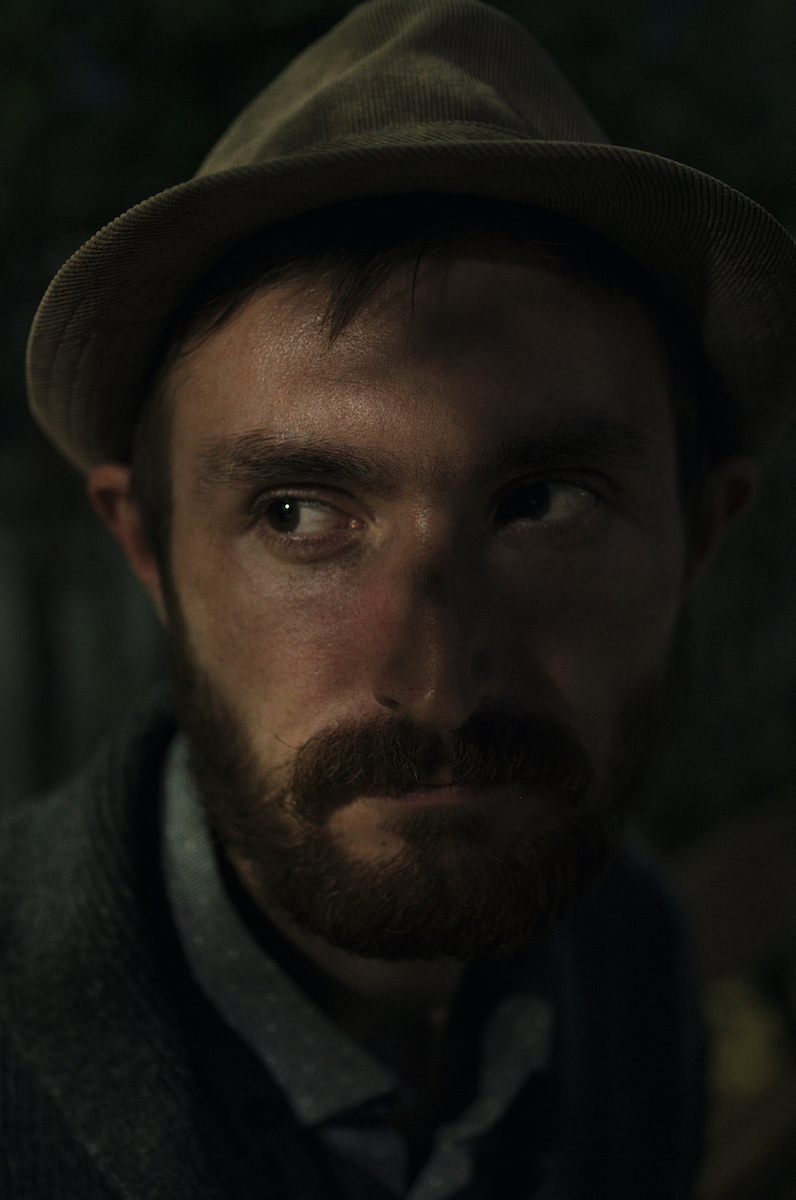
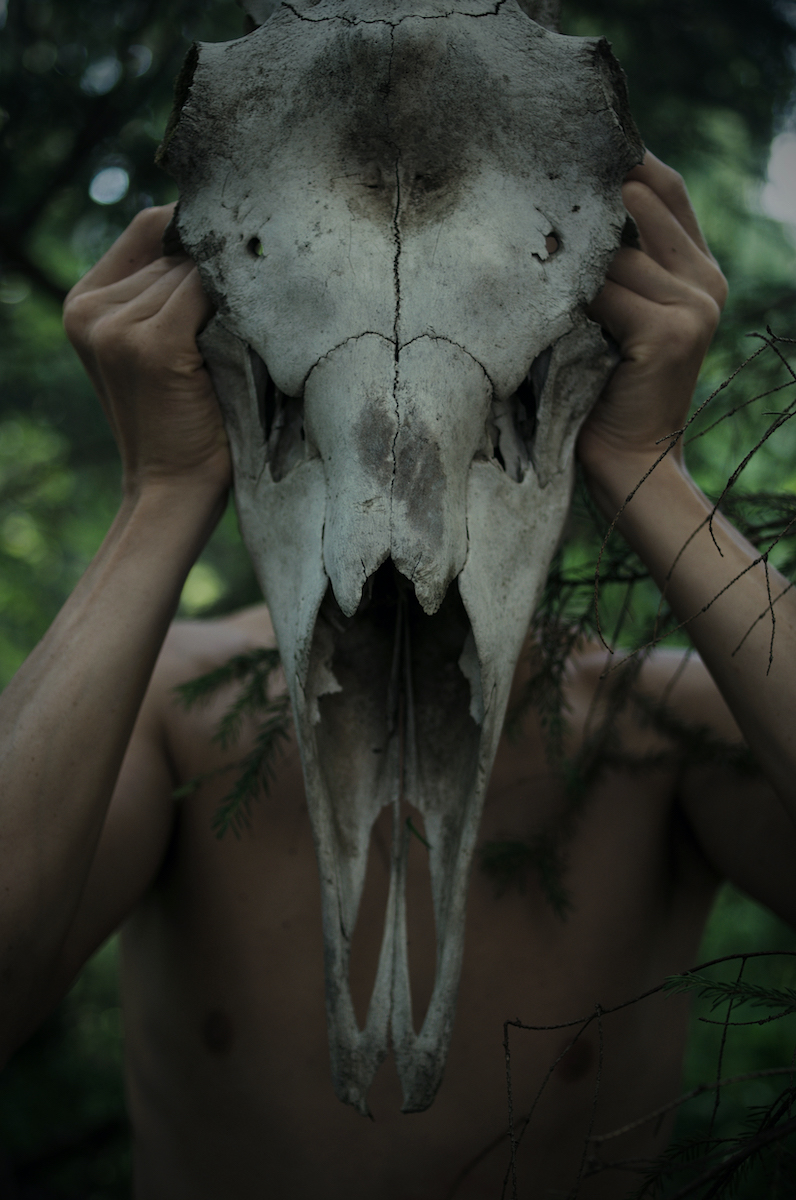
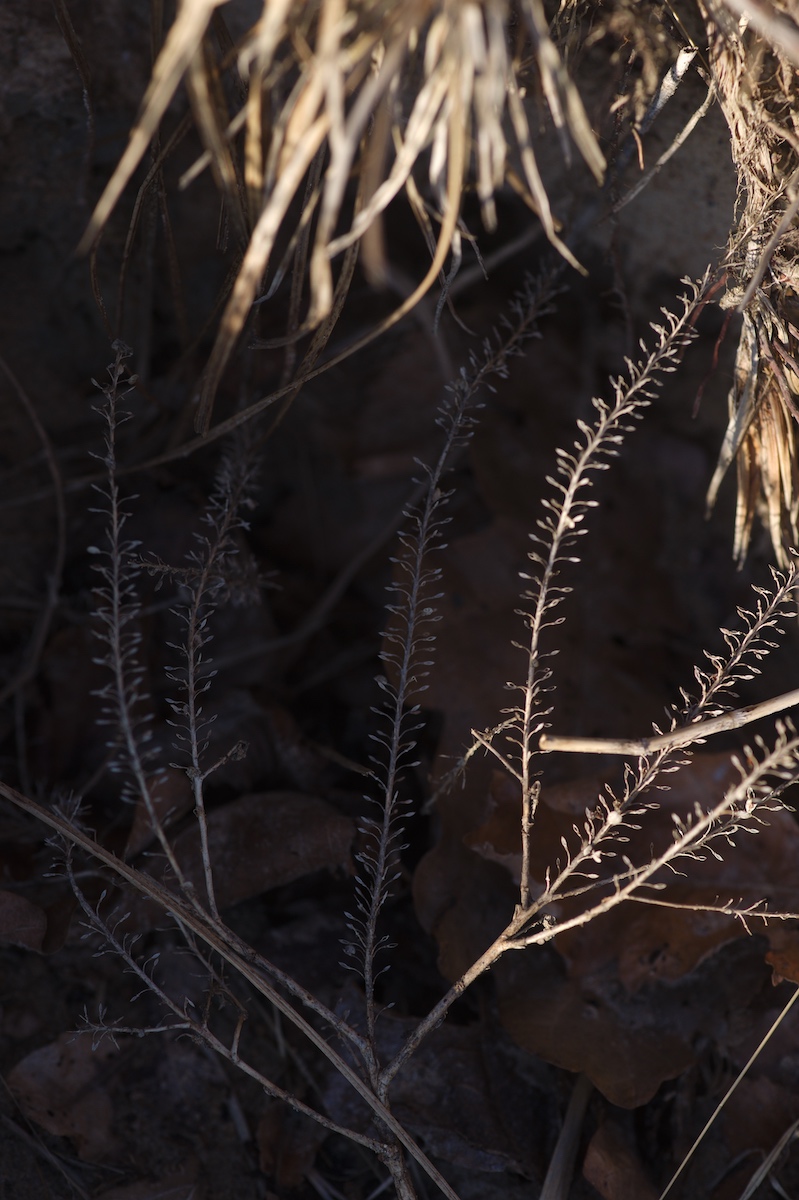
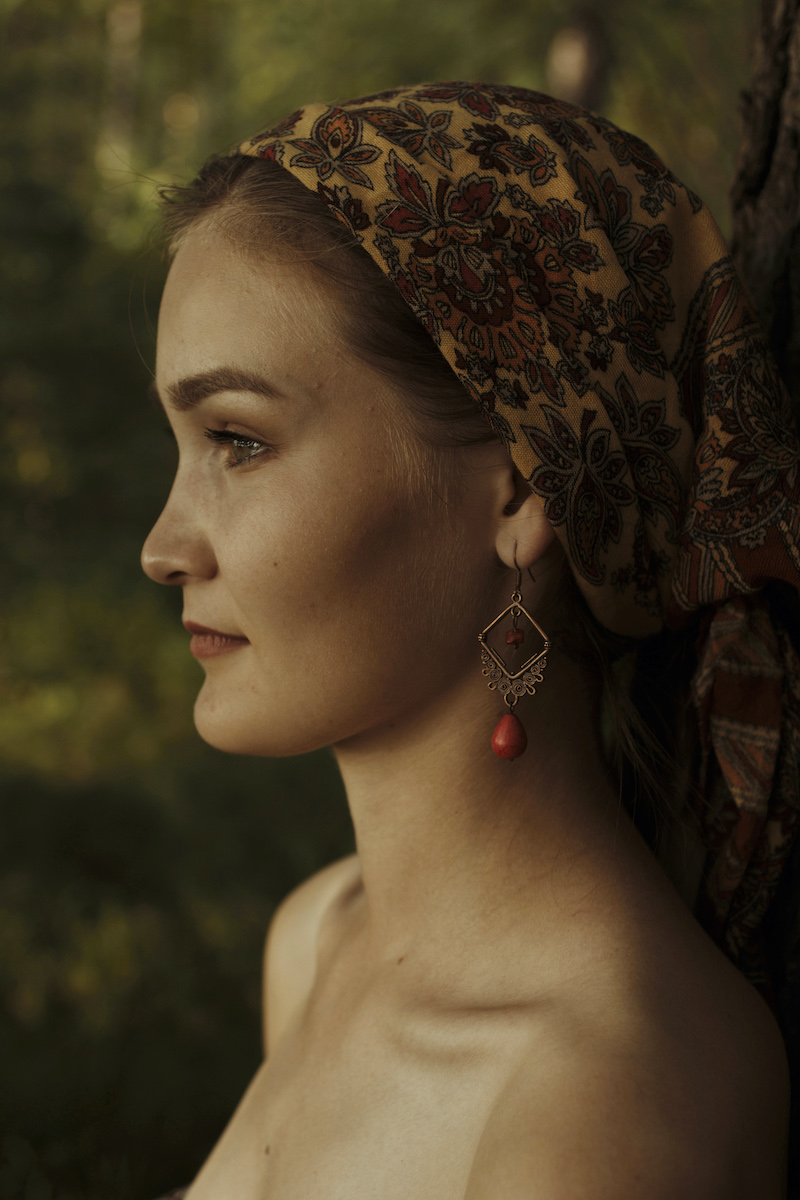
As part of River Under Earth, Ermakov captured various rituals as well as the daily lives of the Udmurt people in Udmurtiya, as well as Udmurt-dominated villages in Tatarstan, Mari-El and Bashkiria. Among his images is an Udmurtian priest exercising a fire ritual, New Year celebrations, boys heading to sacred birch grove for the collective ritual that will allow them to enter manhood, as well as horses and fireflies, feathers and mighty trees.
There are more than 2 million Finno-Ugrians living in Russia, mostly close to the border with Estonia and Finland, by the Volga River across north-east and central Russia, and in the foothills of the Ural Mountains, where people would flock to avoid both Christian and Islamic influences. “In areas such as Udmurtiya, locals will still pray in sacred groves,” shares Ermakov.
In other areas, Finno-Ugrians maintain shamanic traditions “mainly on a mental level, sticking to the diverse cosmology without exercising the rituals of it.” The phrase Finno-Ugric is technically a linguistic rather than an ethnographic term, but Ermakov believes that the different people or groups under this banner share a certain mindset — one that it manifests in apartness, humility, strong family and clan ties, and pantheism.
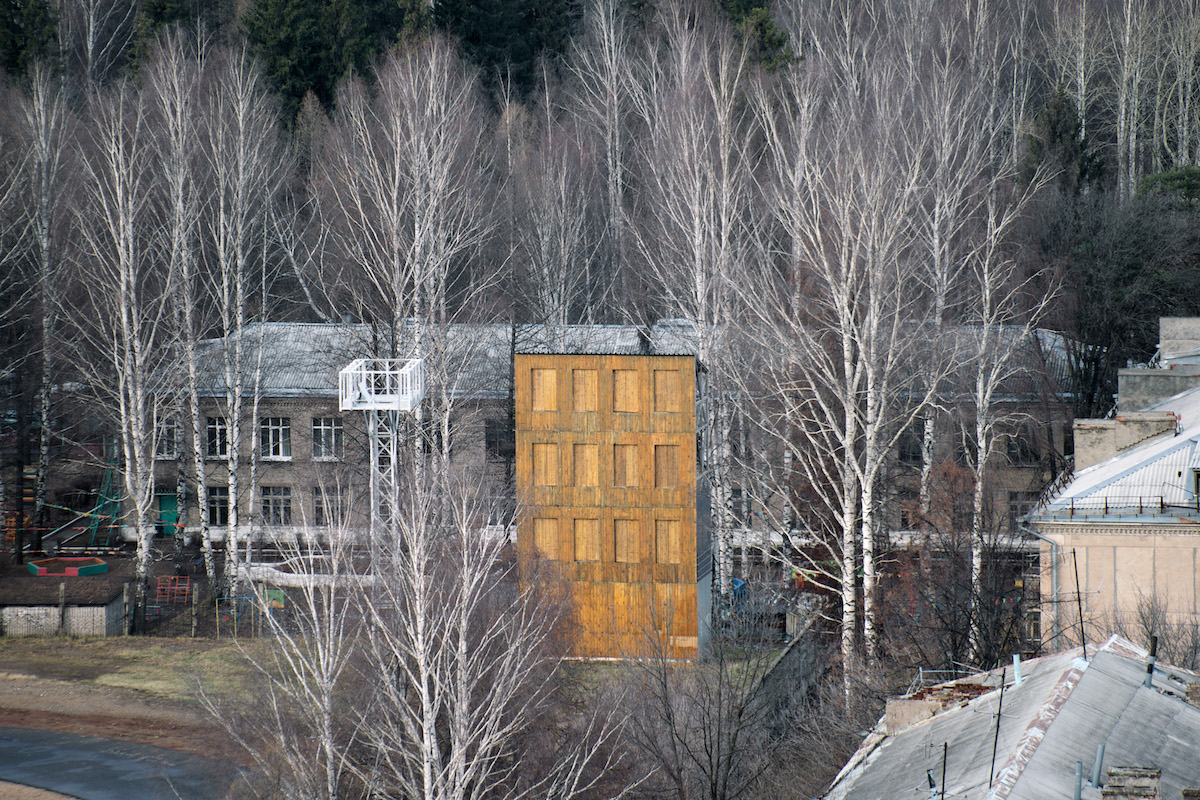
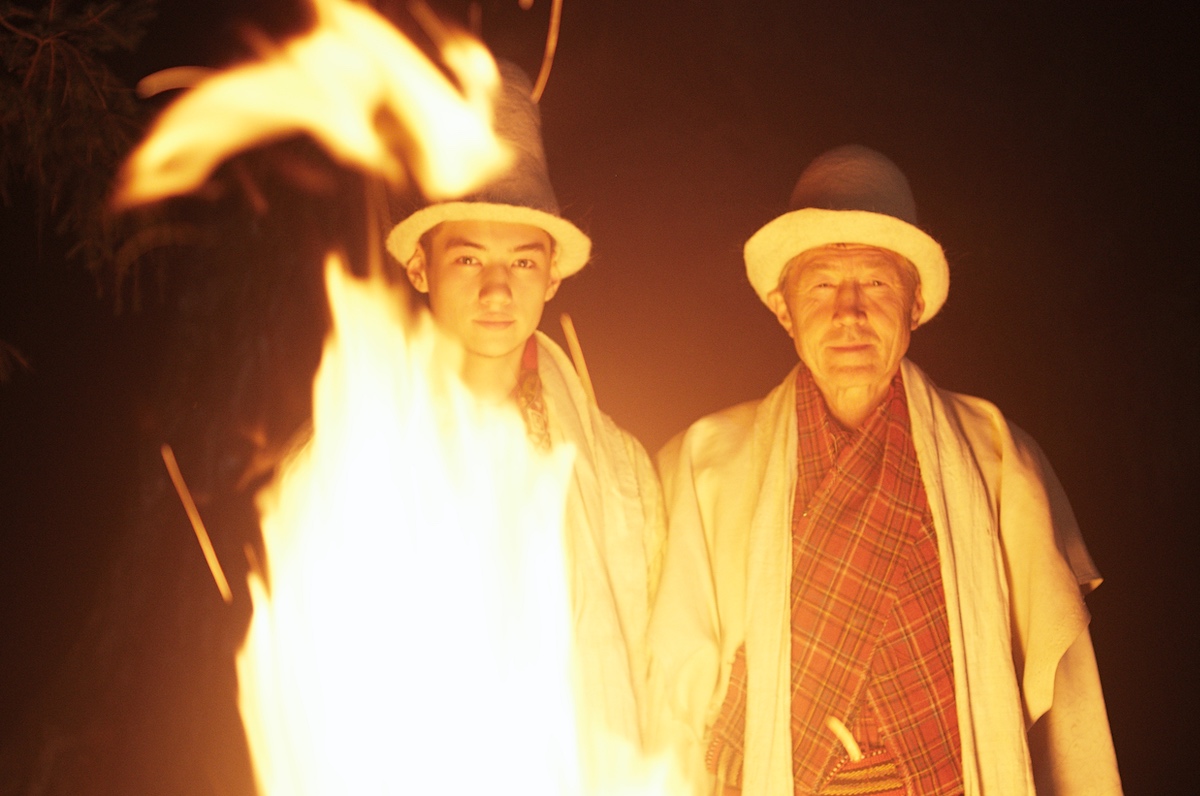
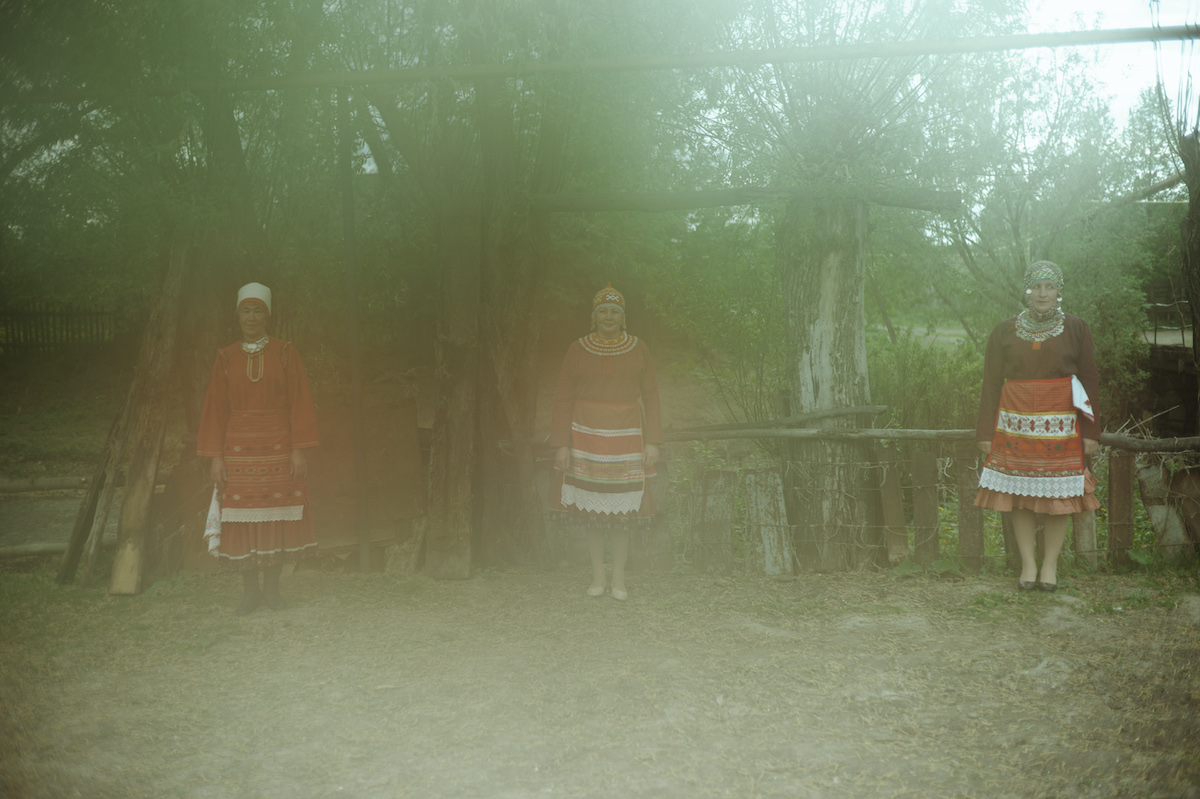
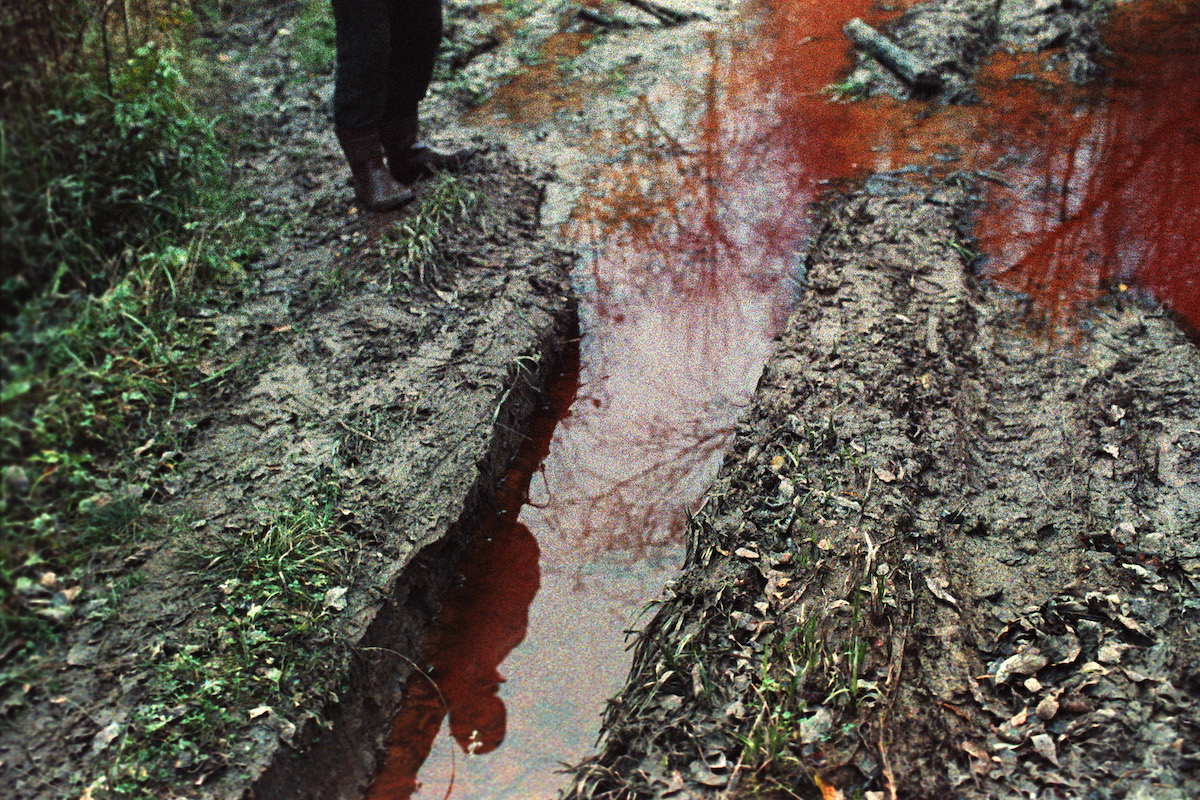
Some Finno-Ugrians also practice animal sacrifice, and use duck meat as part of some rituals. The bird is sacred, and, as local myths say, pulled a grain of clay from the bottom of a river to create the land at a time when the world was covered in water. “Duck is one of the ingredients of the ritual dish prepared by boys as part of their entering manhood ritual. After the feast is over, all bones have to be burned,” Ermakov says.
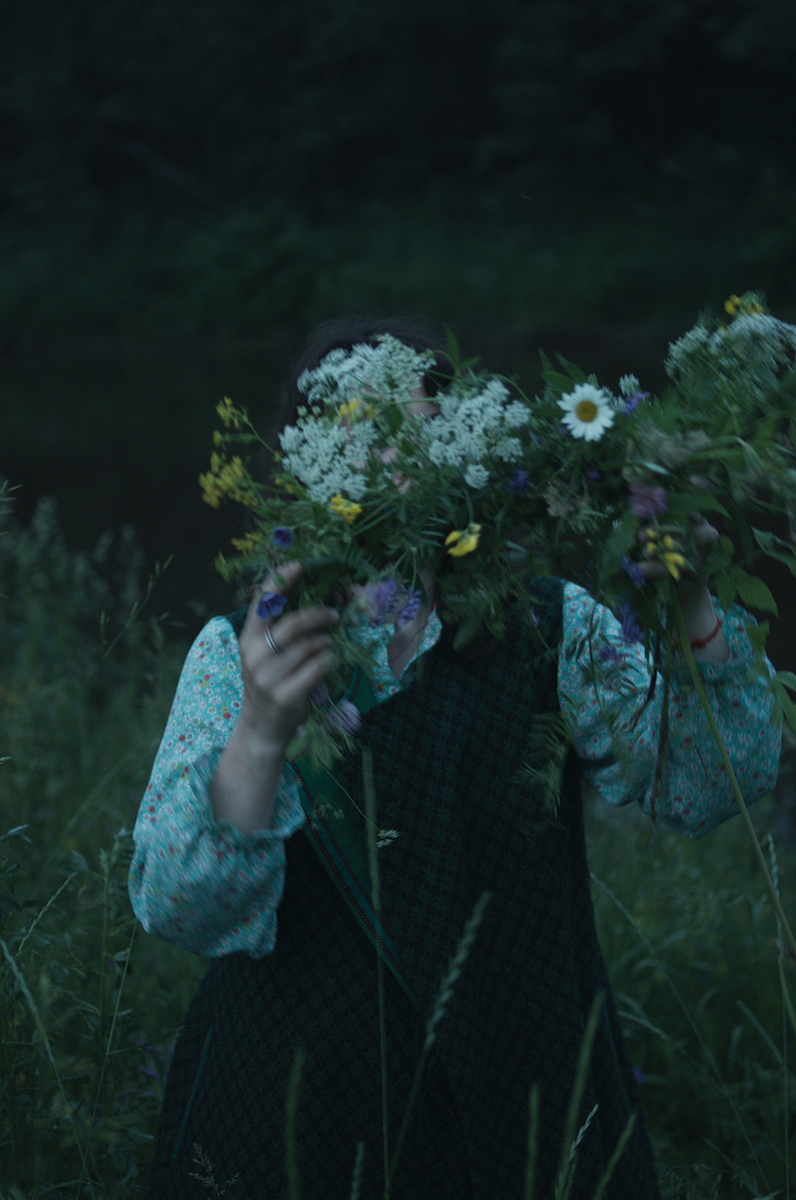
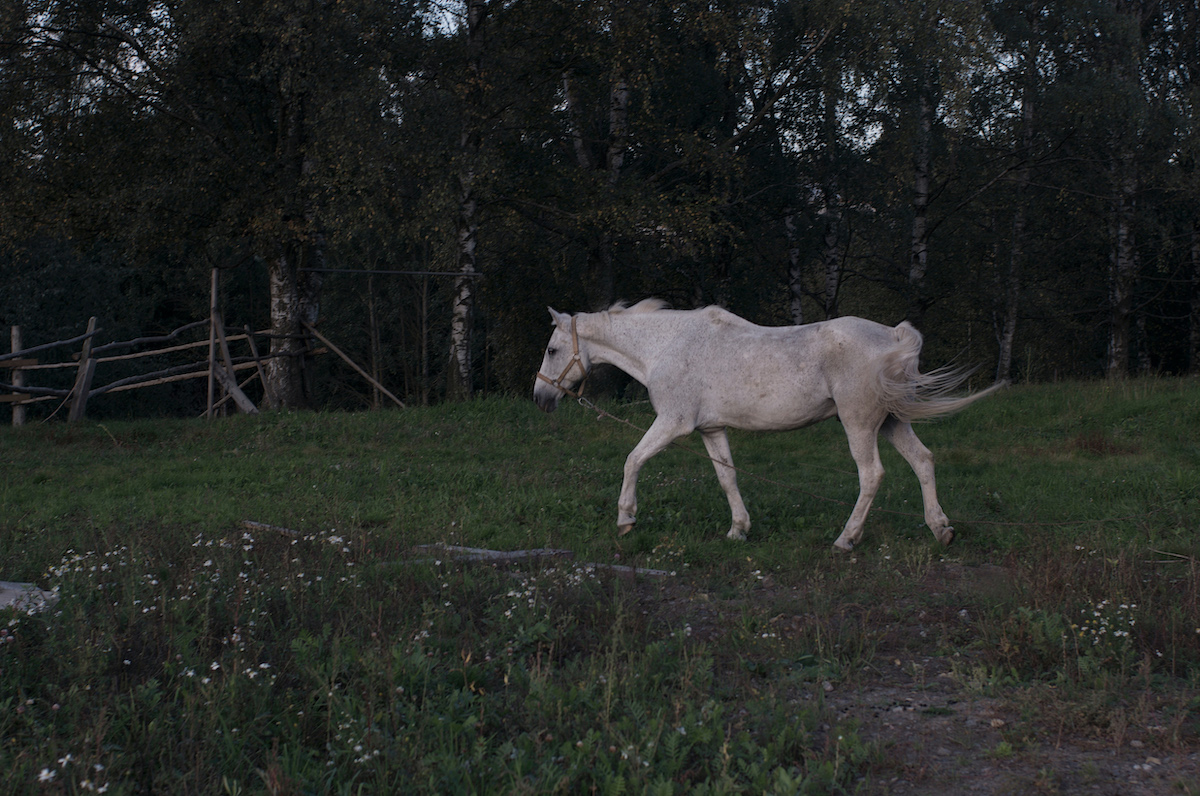
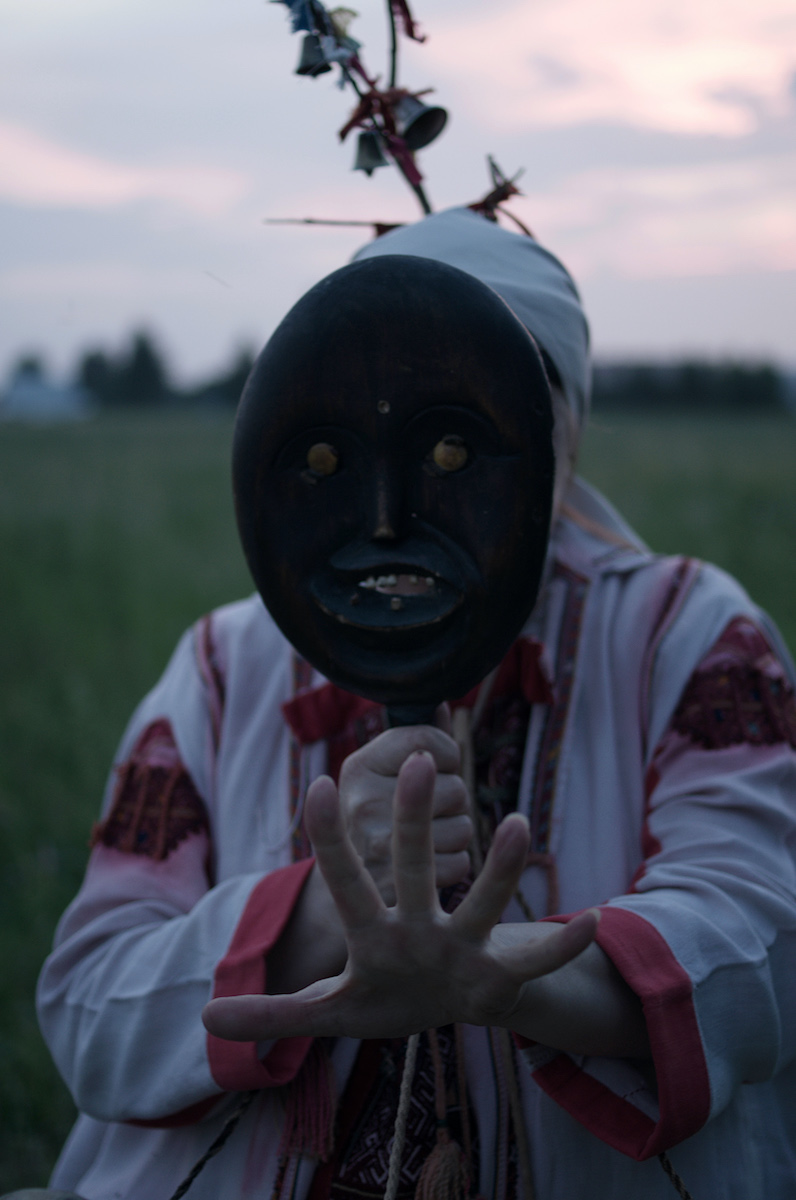
These rituals, pagan beliefs, and nature-centered wisdom provide an alternative to Russia’s Orthodox Church and often trigger larger public interest among other Russians. Ermakov too finds these practices and beliefs appealing, filling a personal longing to reconnect with nature.
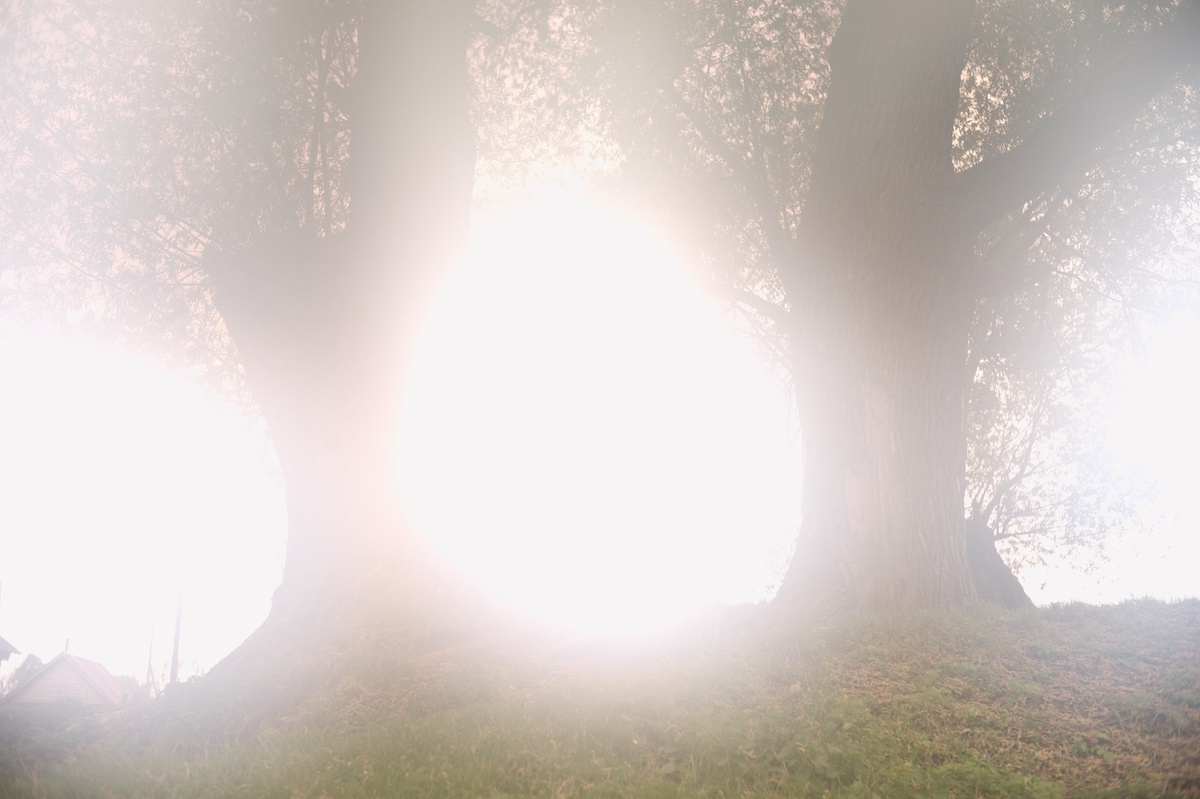
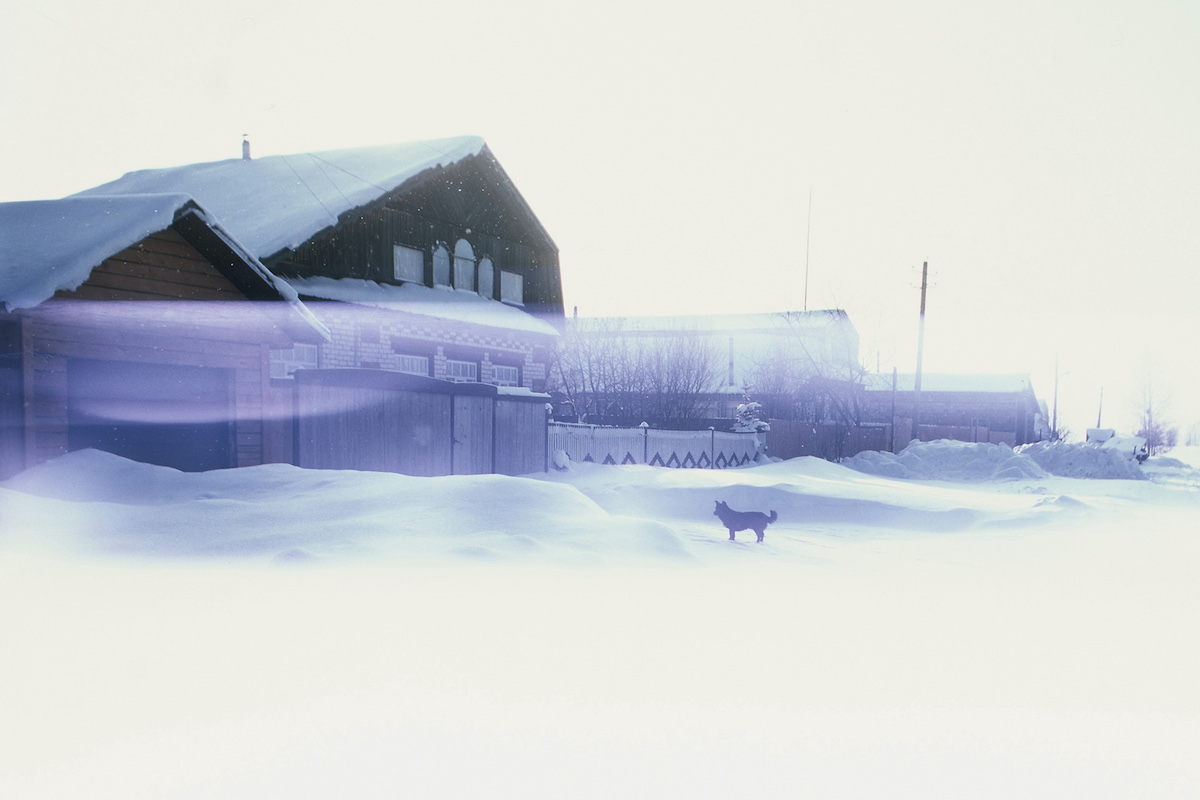
For Ermakov, this history of paganism also suggests why shamans and the wooded wilderness retain such a heavy grip on Russsians’ imaginations. The traditional Russian fairytale character of Baba Yaga, for instance, a child-eating witch who lives in the forest, was traditionally nurtured by a fear of Finno-Ugric women, who were seen by Russian Slavs as witches. The treehouse in which Baba Yaga lives is also a reference to the Finno-Ugric tradition of burying their dead inside trees.